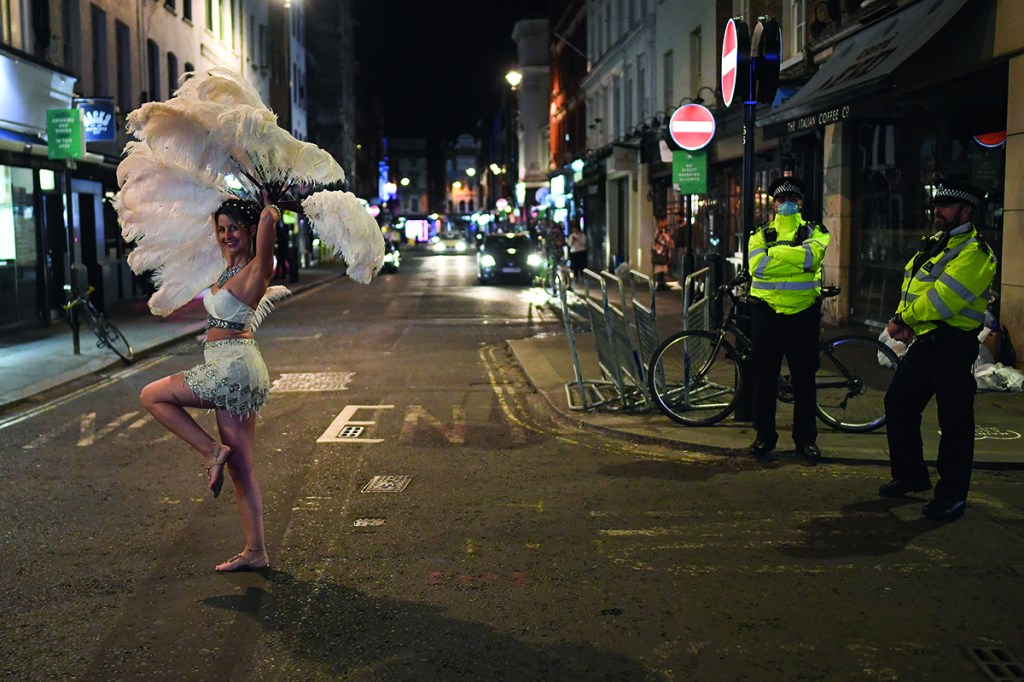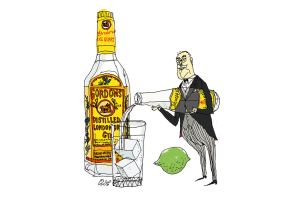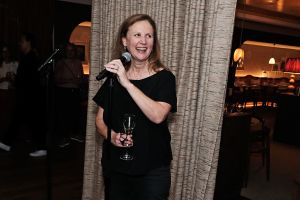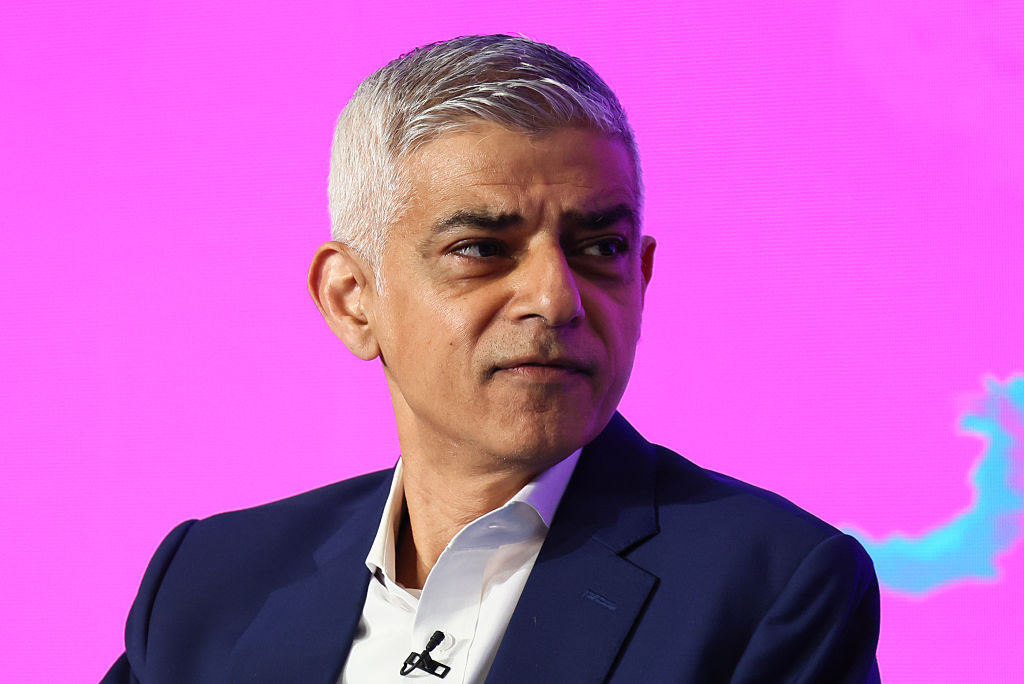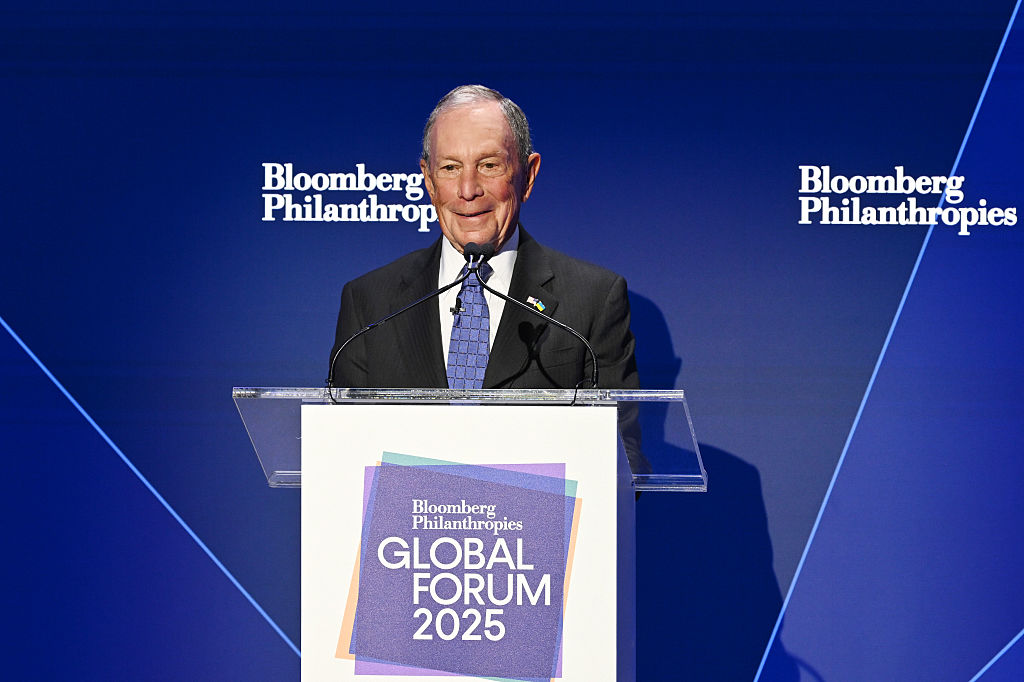The West End was always something a little apart. Some years ago, I used to go drinking with a man who had jointly run one of the best Soho live music clubs of the late 1950s and 1960s. He told me that they received a visit in their early days from the Kray brothers demanding protection money, who were summarily told, in his words, ‘to fuck off’. When I expressed surprise at this apparently dangerous response, he explained that while the twins meant a lot in Bethnal Green at that time, ‘up West’ it was a different story.
Rohan McWilliam’s history of the West End explores the reasons for the distinct character of the area, covering the years between the start of the 19th century and the outbreak of World War One (a second volume will continue the story up to the present). McWilliam defines the West End as ‘the area bordered by Bond Street on the west, Oxford Street on the north, (what is now) Kingsway on the east, and the river or the Strand on the south’, and traces the evolution of this two-mile-wide stretch of central London into a center of the dramatic and visual arts, of gambling, music halls, restaurants and the hotel trade.
Of course, many East Enders even in Victorian times did not venture outside their own borough in search of amusement, but this is largely a story of the middle and upper classes and their recreational habits, not London’s poor. At one point, though, we are asked to feel sympathy for the cash-strapped Soho-dweller Karl Marx (with no mention of the fact that he was bankrolled by the wealthy factory owner Engels) because his family and their servant ‘made do with just three rooms’ — an unimaginable luxury to many in the overcrowded East End. Still, life was tough because, as he wrote to his benefactor, ‘my piles have afflicted me more grievously than the French Revolution’. Das Kapital punishment indeed.
‘The West End made London a world city,’ McWilliam claims in his introduction, ‘tied into an international network based on finance, fashion and culture,’ but surely it had long been that. By late Elizabethan times, sea power, the Port of London, the East India Company and the demand for English wool and grain had already linked the capital to far-flung destinations such as Russia. Gresham’s Royal Exchange made the city an international financial center, and Shakespeare was performed in Danzig as early as 1601. London’s population in 1800 was one million (New York’s was 60,000), and to imply that before then it was an insular backwater does not hold up. Indeed, certain things are ignored if they do not fit the narrative. To take just two examples, McWilliam cites at length Dion Boucicault’s mid-19th-century theatrical melodramas such as After Dark (1868), in which ‘a train actually burst on to the stage’, as the innovative precursor to modern effects such as The Phantom of the Opera’s crashing chandelier.
Yet in 1817 — three years before Boucicault was born — the Observer reported that the Royal Coburg Theatre (later renamed the Old Vic) had brought a 130-ton sailing ship on to the boards ‘which, by the power of mechanism, traverses the stage in a most astonishing manner’. Similarly, he credits the vast circular paintings known as panoramas with helping the London public visualize the Crimean war, but avoids the fact that an exhibition of more than 300 of Roger Fenton’s pioneering photographs of that conflict was held in the capital in 1855, which then toured the country.
There is nothing here of the 1st Duke of Wellington, a cultured man who had a huge effect on British life during the first 50 years covered by this book, and who lived at Apsley House, 149 Piccadilly, where he hosted recitals by Rossini and other giants of opera and classical music. Yet the 20th-century Frankfurt School theorist Walter Benjamin, who never set foot in England, appears on nine separate occasions.
Academia, not the general reader, is McWilliam’s target audience. He is himself a university professor, and the language reflects that, tiptoeing gingerly through the ever-shifting minefields of contemporary identity politics. The recently embattled word ‘actress’ is used scores of times without comment, yet the female musical comedy star Ada Reeve is then labeled an ‘actor’. If alive today she would be 146, and probably very surprised to hear herself so described. Meanwhile, the shops in the Burlington Arcade were apparently ‘structured around the male gaze’, but quite how a loaded term from Laura Mulvey’s 1975 film theory polemic, aimed largely at the output of Hollywood, applies to the Regency retail experience remains unclear.
There are many interesting details here, but it is also wearying to be repeatedly told that West End crowds were jingoistically celebrating the concept of Empire and reaffirming their own racial superiority. Some, perhaps; but others were simply looking for a drink, a laugh and a bawdy evening out, listening to Marie Lloyd singing ‘I Sits Among the Cabbages and Peas’.
This article was originally published in The Spectator’s November 2020 US edition.



